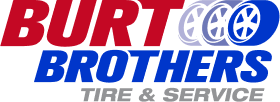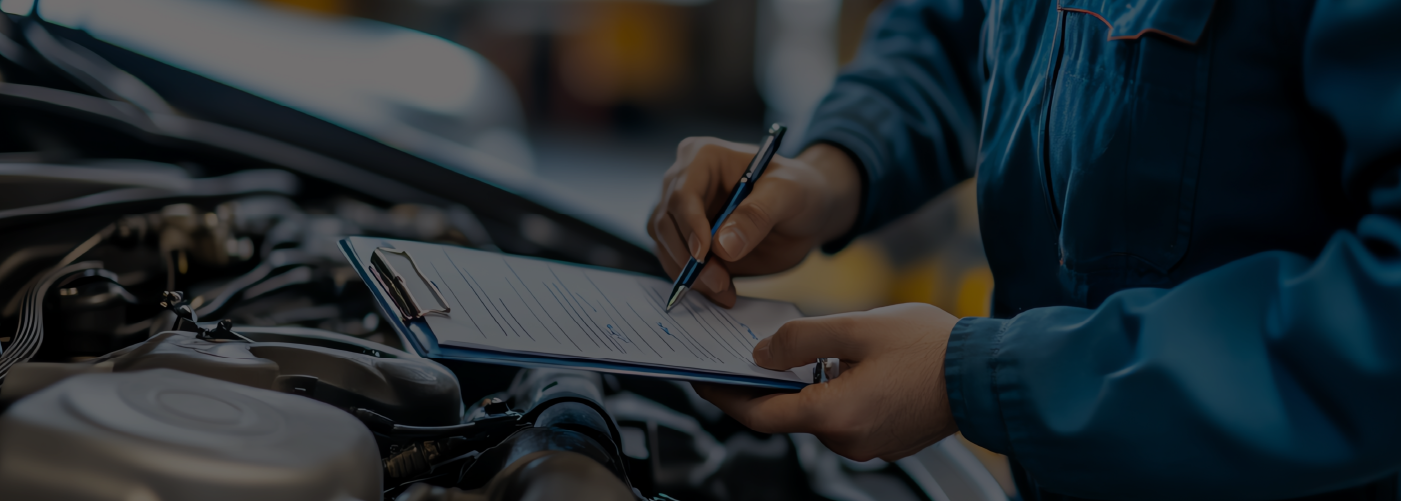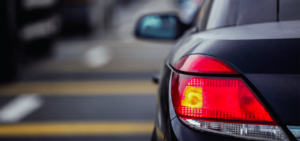If you’ve ever been in a fender bender on I-15, hit a deer on a rural road, or walked outside after a snowstorm to find a tree branch on your car, you know the sinking feeling that comes with car damage. The next thought that usually pops up is: Will my insurance cover this repair?
Car repair coverage can feel complicated, especially in Utah where our driving conditions are anything but predictable. From icy mountain passes in the winter to crowded city traffic in Salt Lake, drivers face a unique mix of risks that influence what kind of coverage they actually need.
What Types of Car Insurance Cover Repairs?
Not all insurance is created equal. Here’s a quick breakdown of the most common types of auto insurance and how they relate to repairs:
Collision Coverage
This type of insurance helps pay for repairs to your vehicle if it’s damaged in an accident, regardless of who’s at fault. Whether you rear-end someone in downtown Salt Lake or slide into a guardrail on a snowy canyon road, collision coverage has you covered.
Comprehensive Coverage
Comprehensive takes care of non-collision events. Think vandalism in Salt Lake City, hailstorms in Davis County, or a rockslide in a mountain pass. Even animal strikes (like those common deer collisions in rural Utah) fall under comprehensive coverage.
Liability Coverage
Utah law requires every driver to carry liability insurance. But here’s the catch—it only covers damage to the other driver’s vehicle if you’re at fault. If your own car is damaged, liability won’t pay for repairs.
Uninsured/Underinsured Motorist Coverage
Unfortunately, not every driver on the road has enough coverage, or any at all. This type of policy can step in to cover your repairs if you’re hit by someone without adequate insurance.
Mechanical Breakdown Insurance (MBI)
This isn’t as common, but some insurers offer MBI, which functions a lot like an extended warranty. It can help cover repairs for mechanical failures not related to accidents, like engine or transmission issues.
Common Scenarios: Are Repairs Covered?
Here are some real-life examples Utah drivers face and how insurance applies:
| Scenario | Covered by Insurance? | Type of Coverage Needed |
| Rear-ended at a stoplight | ✅ Yes | Collision or other driver’s liability |
| Hit a deer on a rural Utah road | ✅ Yes | Comprehensive |
| Engine failure due to wear and tear | ❌ No | Not covered (unless MBI applies) |
| Vandalism in Salt Lake City | ✅ Yes | Comprehensive |
| Fender bender in a parking lot | ✅ Yes | Collision |
| Snowstorm damage (tree falls on car) | ✅ Yes | Comprehensive |
Utah-Specific Considerations
Living and driving in Utah adds a few unique challenges to the mix:
- Deer Collisions: Utah consistently ranks high for wildlife-related crashes, especially in rural and mountainous regions. Comprehensive coverage is your best safeguard here.
- Snow and Ice: Our winters bring icy roads and sudden snowstorms. Collision coverage is critical if you slide into another car, or even a pole.
- Legal Minimum Insurance: Utah drivers must carry liability insurance, but the minimums may not be enough to fully cover damages in a serious accident. Consider higher limits or additional coverage.
- Mountain Terrain: Whether you’re commuting through Parley’s Canyon or taking a weekend trip to St. George, full coverage offers peace of mind in case of falling rocks, landslides, or unexpected weather.
What’s Not Covered by Insurance?
It’s just as important to know what your insurance won’t cover:
- Routine Maintenance: Oil changes, brake pads, tires, and fluid checks are considered your responsibility. (That’s where Burt Brothers comes in—we’ll keep your car running smoothly year-round.)
- Wear and Tear: Normal aging of your vehicle, like engine wear or faded paint, isn’t covered.
- Manufacturer Defects: These usually fall under recalls or warranties, not your insurance policy.
- Repairs Below Deductible: If the damage is less than your deductible, you’ll pay out of pocket.
- Unauthorized Modifications or Racing Damage: If you souped up your car for the Bonneville Salt Flats, insurance isn’t going to cover racing-related damage.
How to File a Claim for Repairs in Utah
Filing a claim doesn’t have to be stressful if you know the steps:
- Document the Damage: Take clear photos of the damage, the scene, and any other vehicles involved.
- File a Police Report (if required): For accidents, vandalism, or wildlife collisions, having a police report strengthens your claim.
- Contact Your Insurer Promptly: Report the incident as soon as possible to start the claims process.
- Get Repair Estimates: Insurance companies often require estimates from certified repair shops. Burt Brothers provides trusted, transparent repair estimates accepted by most major insurers.
- Work with the Adjuster: An adjuster will assess the damage and confirm coverage.
- Schedule Repairs: Once approved, you can schedule repairs with a trusted local shop—like Burt Brothers—so you know the job will be done right.
Claims typically take anywhere from a few days to a few weeks, depending on the complexity and the insurer.
Tips to Maximize Your Coverage
Want to make sure you’re getting the most out of your insurance? Here’s how:
- Review Your Policy Annually: Your needs change as your vehicle ages or your driving habits shift.
- Consider Comprehensive or MBI: Especially if you drive in rural or mountainous Utah.
- Keep Records: Save receipts for maintenance and repairs—they can help in a claim.
- Ask About Extras: Rental car coverage, roadside assistance, and glass repair add-ons can save you money in the long run.
- Choose a Trusted Repair Shop: Working with a shop like Burt Brothers, which has built relationships with insurers and Utah drivers for decades, helps ensure a smoother repair and claims process.
Conclusion: Know What’s Covered Before You Need It
Understanding when car repairs are covered by insurance helps you avoid surprises and make smarter decisions about your coverage. In Utah, where snow, wildlife, and mountain roads add extra challenges, having the right insurance (and knowing what it does and doesn’t cover) is essential.
Take a few minutes to review your policy, talk with your agent, and consider whether comprehensive or additional coverage is right for you. And when the unexpected happens, Burt Brothers is here to help with expert repairs, maintenance, and honest advice to get you safely back on the road.
Because at the end of the day, peace of mind isn’t just about having the right insurance—it’s about having the right people in your corner.





